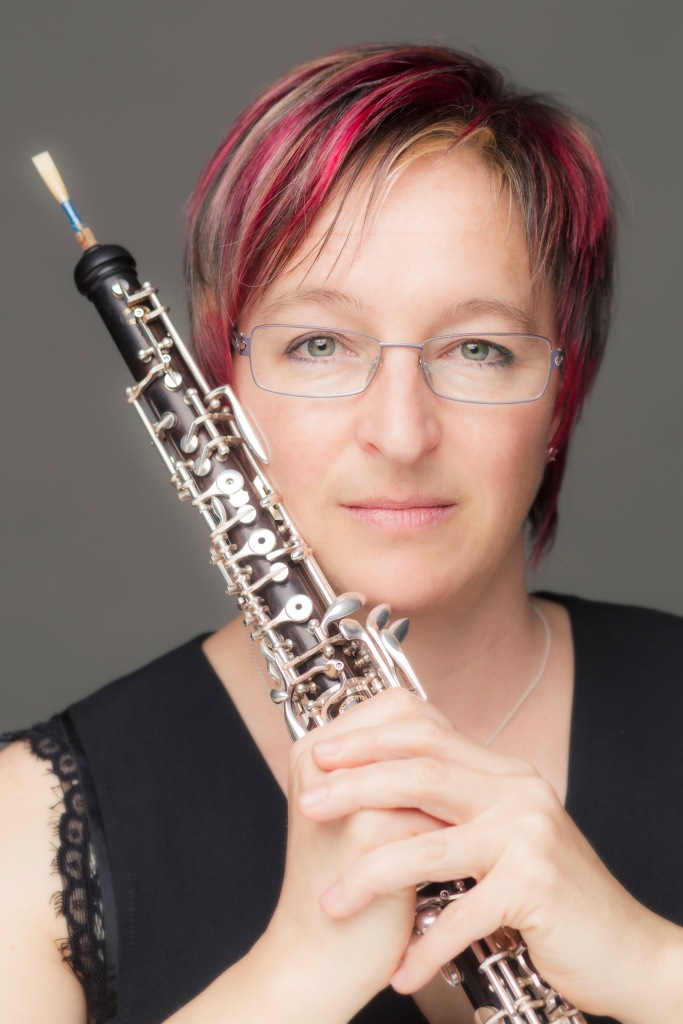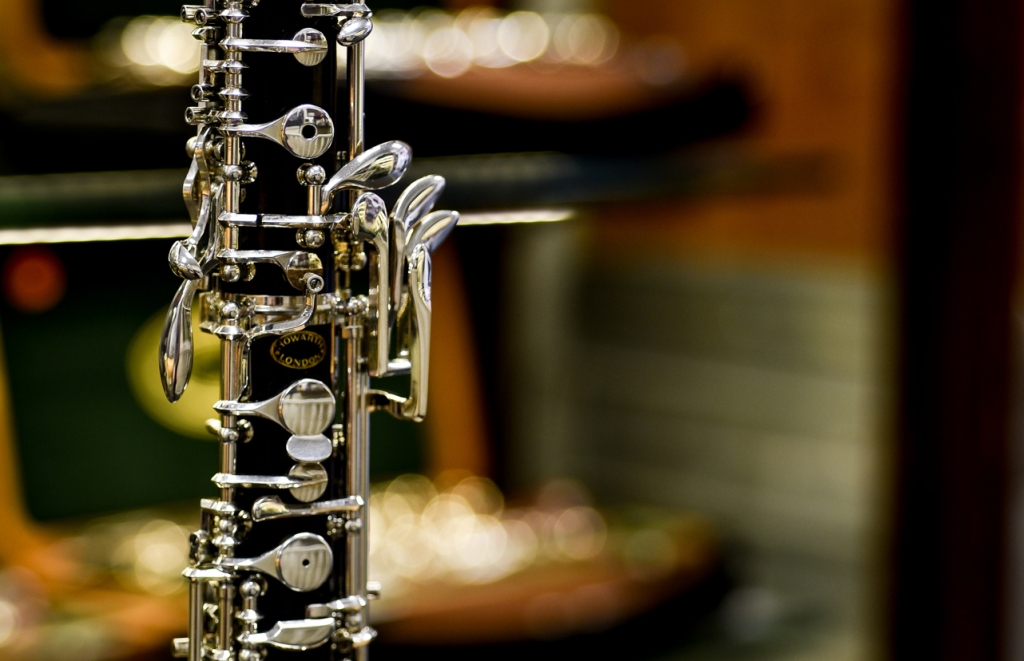5 Minutes with… Howarth Artists | Sarah Roper
For the second in our series of interviews with Howarth Artists we would like to introduce you to Sarah Roper.
Sarah is a wonderful friend, artist and supporter of Howarth of London. She is a great advocate of the oboe and it’s teaching. We love catching up with her when she takes time out of her busy career to pop in and see the team in London.
An introduction to Sarah
Sarah is Principal Oboe of the Real Orquesta Sinfónica de Sevilla, Spain, since 1996. She was born in New Zealand and grew up in the UK, studied at the Royal Academy of Music, London (George Caird, Celia Nicklin) and at the Staatliche Hochschule für Musik, Karlsruhe (Thomas Indermühle). 1995-1996 she was Associate Principal Oboe in the Orquesta Ciudad de Granada, Spain and 2008-2009 Associate Principal Oboe, Auckland Philharmonia Orchestra, New Zealand.

An advocate for the International double reed community and a passionate teacher, Sarah is regularly invited to perform as a soloist and chamber musician, give masterclasses and to take part in international competition juries.
Her recordings include the album Quartets for oboe and strings with the Cuarteto Emispherio and digital tracks of Fantasy for oboe by Malcom Arnold, Cuarteto con oboe and Silentium Amoris by Jesús Torres, all at Oboeclassics.com.
Sarah is Associate of the Royal Academy of Music, founding member of the Seville Double Reed Society (ADCS), President of the Spanish Double Reed Society (AFOES) since 2018 and President of the International Double Reed Society since 2022.
She plays a Howarth of London LXV oboe.
Tell us about your early musical life, where did it start and what made you choose the oboe?
I began playing the recorder at primary school at the age of 6 and soon after my parents arranged piano lessons for me. There were no professional musicians in my family, although music has always been very present at home. I joined a local youth orchestra, playing the 1st oboe part with the recorder (Beethoven Symphony nº 1 was the first orchestral piece I played, but the 1st oboe part on the recorder ;-)) and when I was 10 years old it seemed natural to progress to the oboe: A colleague of my father let me try out an old oboe from her family and I was able to make a sound straight away. I especially liked the idea of the challenge of learning an instrument that was not very popular and described as “difficult” to learn by my music friends.
Did you always want to be a musician? If you had another career what would you have done?
Yes, I always wanted to be a musician, from the moment I started to play the recorder.
What has been your musical highlight?
My students’ achievements are very important to me. Performing highlights include the premiere performance of Silentium Amoris for oboe and piano by Jesús Torres, the recordings made with Cuarteto Emispherio (Oboe Classics) and participating in the Guinness World Record IDRS 2018 Double Reed Band in Granada, Spain (500 oboes and bassoons)!
What are your favourite/worst things about playing the oboe?
Favourite thing: The expressive and beautiful sound that we are able to produce with the oboe.
Worst thing: Finding time to prepare the cane for making reeds. I enjoy making reeds but the process of gouging, shaping and measuring cane beforehand is time consuming.
Repertoire you are playing at the moment?
At the moment I am preparing works for a recital for oboe and piano in Seville by women composers: Fanny Mendelssohn Hensel, Alyssa Morris, Thea Musgrave, Clara Schumann and Althea Talbot-Howard. I am also preparing a new programme centred around Spanish music including a new piece by Hermes Luaces, dedicated to me and my colleague pianist, Ignacio Torner.
In July this year I will be performing the New Chevalier Sonata (Oboe Sonata by Chevalier de Saint-Georges (1745-1799), realised, constructed & arranged by Althea Talbot-Howard) and the Carillons Concertino for oboe and orchestra by Grace Mary Williams (1906-1977) during the IDRS 2022 conference in Boulder, Colorado. These are two very exciting projects.
What Howarth instrument do you play and why did you choose it?
I play a Howarth of London LXV oboe and I chose it (or it chose me) for various reasons – its’ beautiful centred sound which enables the player to produce different colours and a personal tone, very good stable intonation and a strong key mechanism. The personal and individual service provided by Howarth of London is also very important to me. I have an extra synthetic top joint which is really practical for playing outside or in places with changes of temperature or air currents (for example in the opera pit). I carry the oboe with both top joints always so that I have the option of either – it is like having two oboes in one which is very practical.

More about Sarah